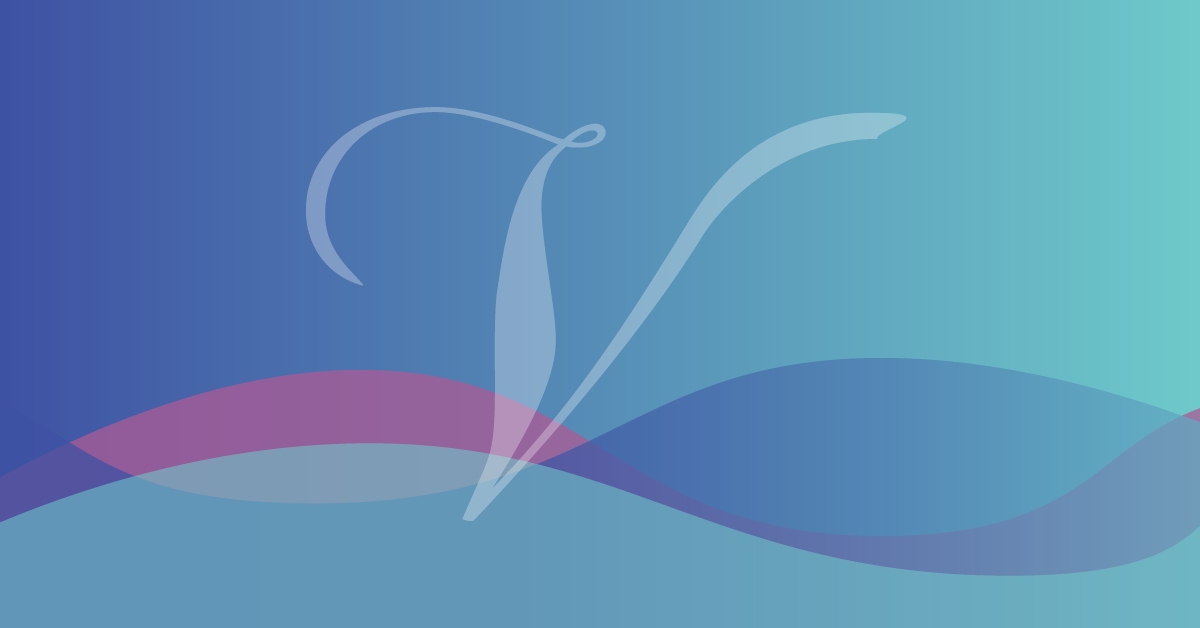About 25 million people in the U.S. have varicose veins, and for many, these ugly, purplish-blue, bulging veins may be considered no more than a cosmetic concern, making their legs, ankle or feet look old and unattractive. But the fact is, varicose veins can be a sign of a much more serious problem with your circulation, one that can have an impact on your overall wellness and even cause long-term disability unless it’s diagnosed and treated early on.
Varicose veins are unhealthy veins that no longer function the way they’re supposed to. Since all your organs and tissues rely on a steady flow of oxygen- and nutrient-rich blood to function properly and to prevent disease and illness, it’s easy to see how avoiding varicose vein treatment could have a major bearing on your future health.
The Dangers of Varicose Veins
Varicose veins are often caused by a condition called chronic venous insufficiency or CVI (sometimes also called venous stasis). CVI develops when the tiny valves inside your veins no longer function the way they’re supposed to. When healthy, these little valves keep your blood flowing in a forward direction, back toward your lungs and heart. But sometimes, the valves become weak or damaged, and that means they can’t open and close in quick succession. As a result, your blood flow slows down and blood collects behind the valves, causing the valves to weaken. Increased pressure from the “backed-up” blood results in the bulging veins that have become the most recognizable symptom of more superficial varicose veins.
Sometimes, varicose veins form deeper below the skin, making them more difficult to see. In these instances, you may have other symptoms like aching and fatigue in your legs, but because you won’t be able to see the bulging veins, you won’t necessarily associate those symptoms with vein disease.
Since the blood inside a varicose vein is sluggish, clots become much more likely. In superficial veins, this can cause a painful condition called phlebitis. But when the clot forms in a deeper vein, it may eventually break away and travel to your lungs where it can cause a potentially deadly pulmonary embolism.
Aside from clots, untreated varicose veins can also cause painful sores or ulcers on your legs, ankles, and feet. Also called venous ulcers, these sores can take a long time to heal, making you more prone to serious infections. In addition to making your skin more prone to ulcers, varicose veins can also cause your skin and other soft tissues to harden, causing profound discomfort that can interfere with walking.
Varicose Vein Treatment for Better Vein Health
Varicose vein treatment is essential for better vein health and for better health overall. By eliminating unhealthy veins, your circulation is optimized, and that means your organs are receiving the blood they need to function properly and help ward off disease and other problems. Plus, having vein treatment early can help identify other serious underlying issues like clots that could cause serious and even life-threatening problems later on. At Vein911, we use state-of-the-art technology to diagnose vein problems, identifying even hard-to-spot issues so your treatment can be custom-tailored for your needs. If you have varicose veins, spider veins, or other vascular issues, or if you haven’t had a vein evaluation lately, take that next important step toward better circulation and better health: Call Vein911 at 855-396-9911 and schedule an office visit today.

